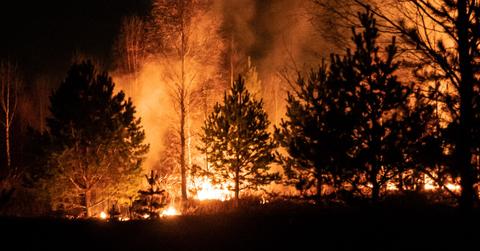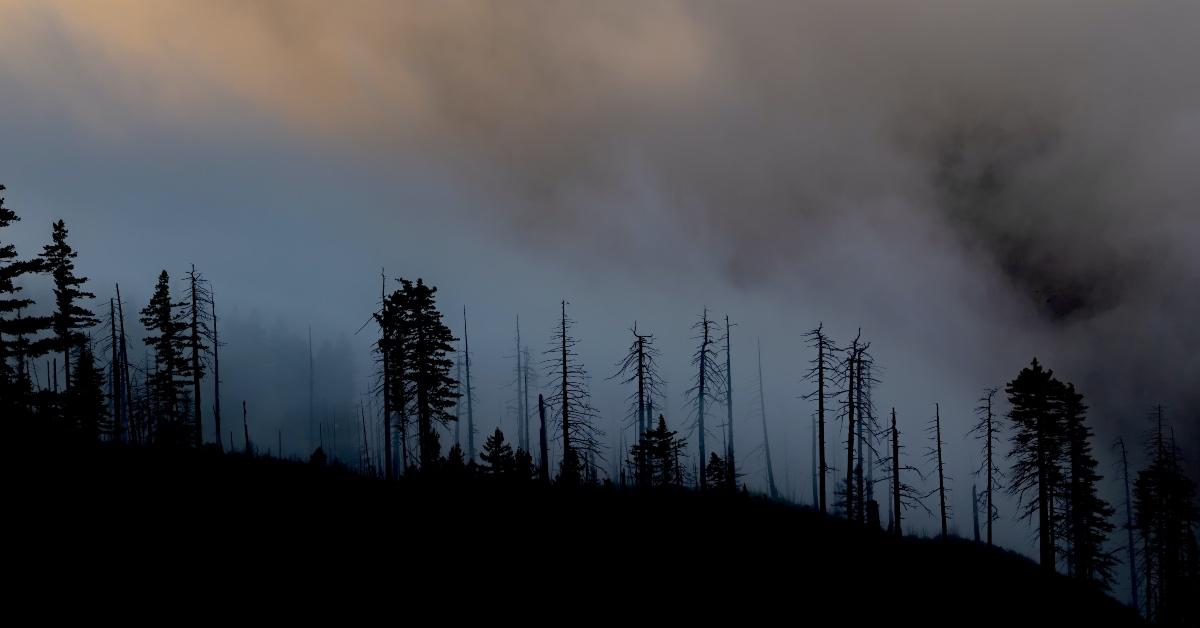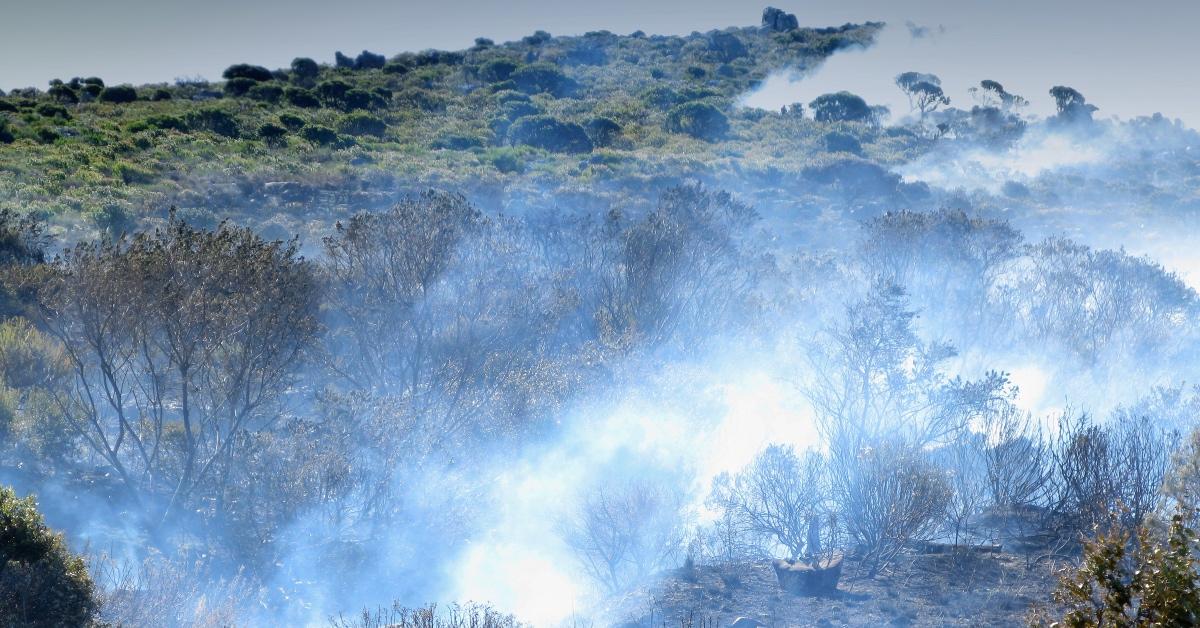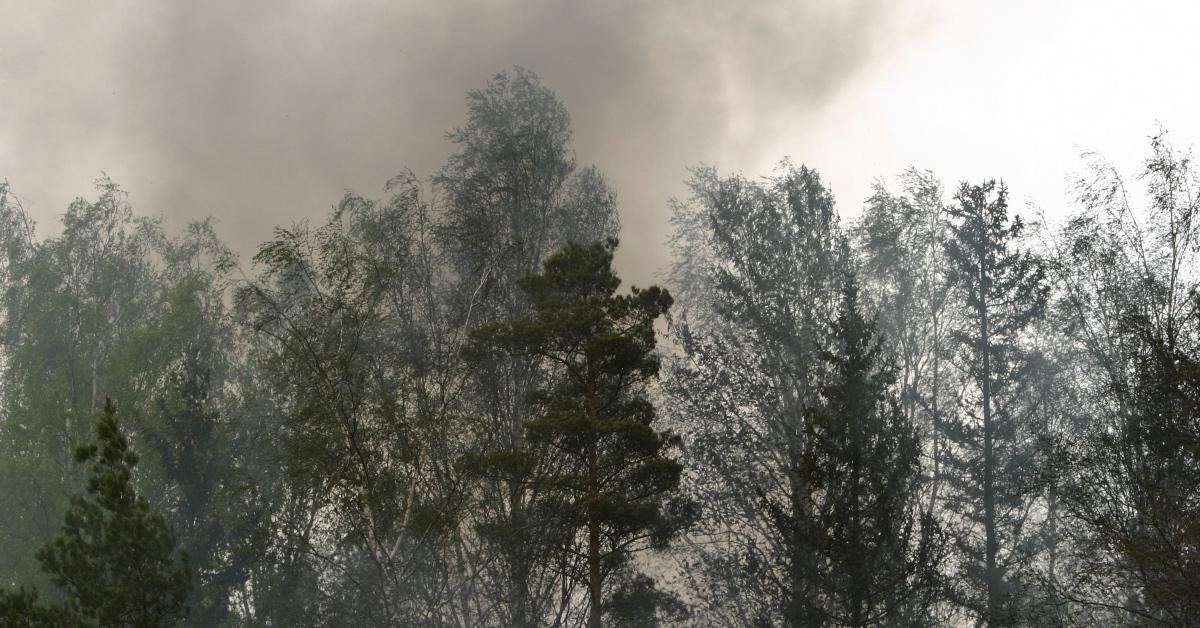Are the Canadian Fires Under Control? Wildfire Smoke Drifts Into Colorado
Multiple U.S. states have been warned of poor air quality in association with Canadian wildfire smoke.
Updated July 23 2024, 9:15 a.m. ET

After an explosive 2023, the Canadian wildfire season, which typically runs from May to September, per FOX Weather, has already begun in 2024. In addition to evacuations happening in parts of Canada, U.S. officials warn constituents of poor air quality thanks to wildfire smoke.
The causation and duration of wildfires are directly impacted by climate change, creating drier conditions for wildfires to start more easily. When wildfires start, they often cannot be stopped quickly.
So, are the Canadian wildfires under control? It's not the first time Canada has battled catastrophic wildfires but could be as destructive as the previous year, if not more destructive. Keep reading for what you need to know about the serious conditions around this issue.

Are the Canadian wildfires under control?
The Canadian Interagency Forest Fire Centre (CIFFC) reports that as of July 23, 910 active fires are burning across Canada, with at least 390 considered "out of control."
It is unclear when all of the fires will be officially "under control."
In February 2024, CBS News reported that the devastating 2023 Canadian wildfires, which totaled over 6,000, never fully ended — instead, they became "zombie fires" that smoldered through the winter. "Zombie fires," according to the outlet, "burn slowly below the surface during the cold months."
The frequency of "zombie fires" is expected to increase thanks to the escalating climate crisis.
Thankfully, after the 2023 wildfires, Canadian officials are working tirelessly to attempt to get out ahead of the 2024 wildfire season by training more firefighters.
According to the BBC, minister for emergency preparedness Harjit Sajjan told the publication not only will volunteer firefighters get a double tax credit, but millions of dollars will go into the purchasing of specialized equipment for the firefighters.

On May 12, 2024, thousands in Vancouver, British Columbia, were evacuated from the town of Fort Nelson. Residents in Alberta were issued an alert about a wildfire near Fort McMurray. According to the Associated Press (AP), Fort McMurray has not yet been asked to evacuate.
Also on May 12, U.S. officials issued an air quality warning for Minnesota that remained in effect through May 13. Wildfire smoke also affected states such as Montana, North Dakota, South Dakota, and Wisconsin, per ABC News. During the evening of May 13, wildfire smoke also affected Nebraska.
On July 22, officials in Colorado issued an Air Quality Alert for wildfire smoke from Canada that was making its way through the Pacific Northwest. The smoke is expected to be "more moderate" on July 23 and July 24, and affected the moon's visibility in the Denver metro area on July 22, per CBS News.
During the summer of 2023, air quality warnings were issued for at least 20 states in the U.S., including from Minnesota to Georgia and parts of western New York, according to ABC News. Additionally, CNN reported that the smog from the wildfires reached the U.K. via the jet stream, strong winds in the upper levels of the atmosphere.

For those outside Canada, the continued wildfires mean decreased air quality and significant health risks associated with spending time outdoors. Those in the U.S. can consult their Air Quality alerts or the government website AirNow, which has an interactive map showing where fire and smoke are heaviest.
This article, originally published on June 7, 2023, has been updated to include information about continued wildfire smoke.